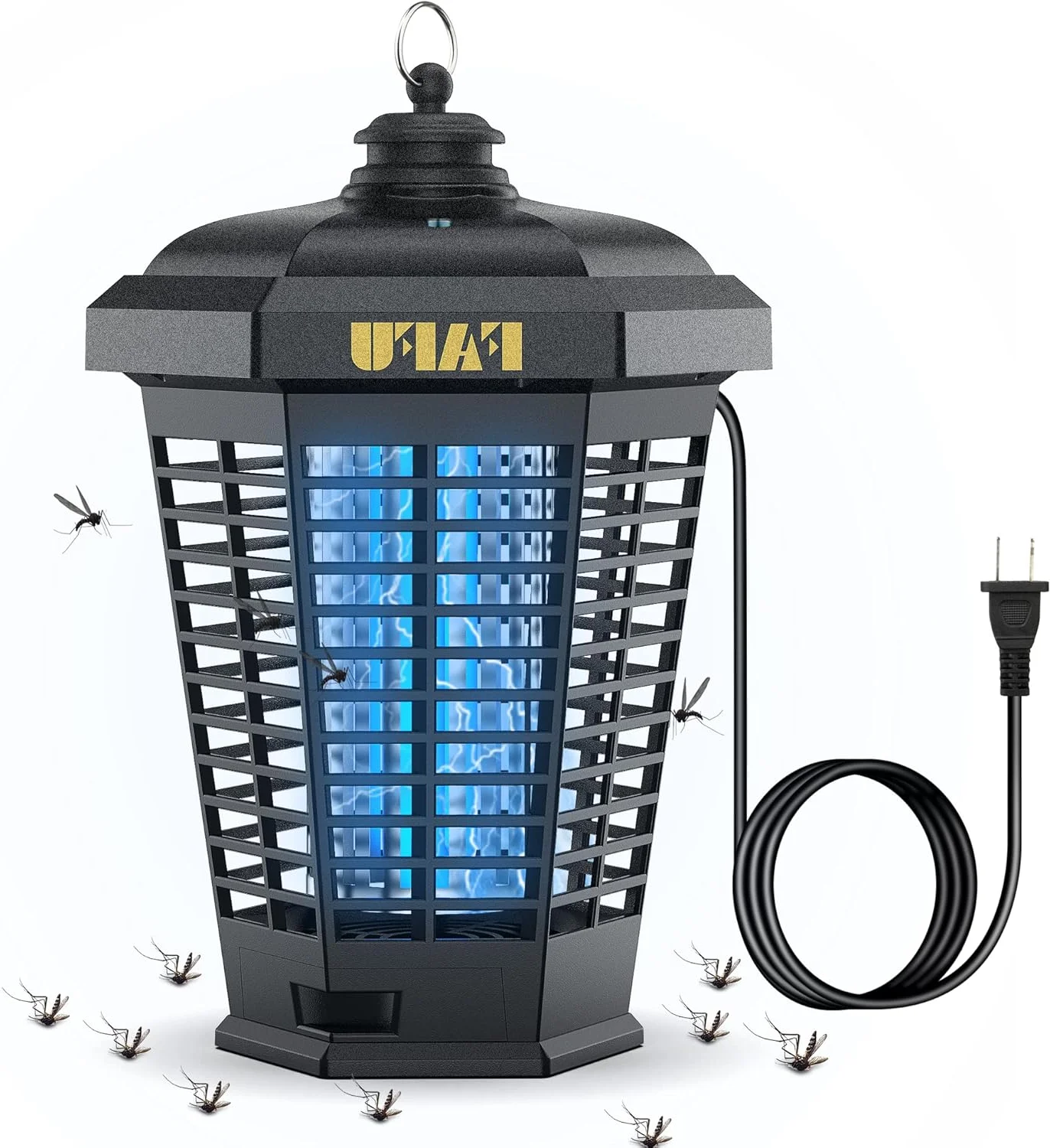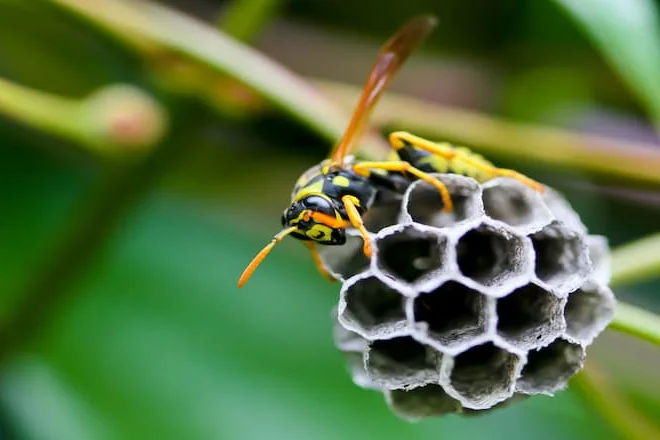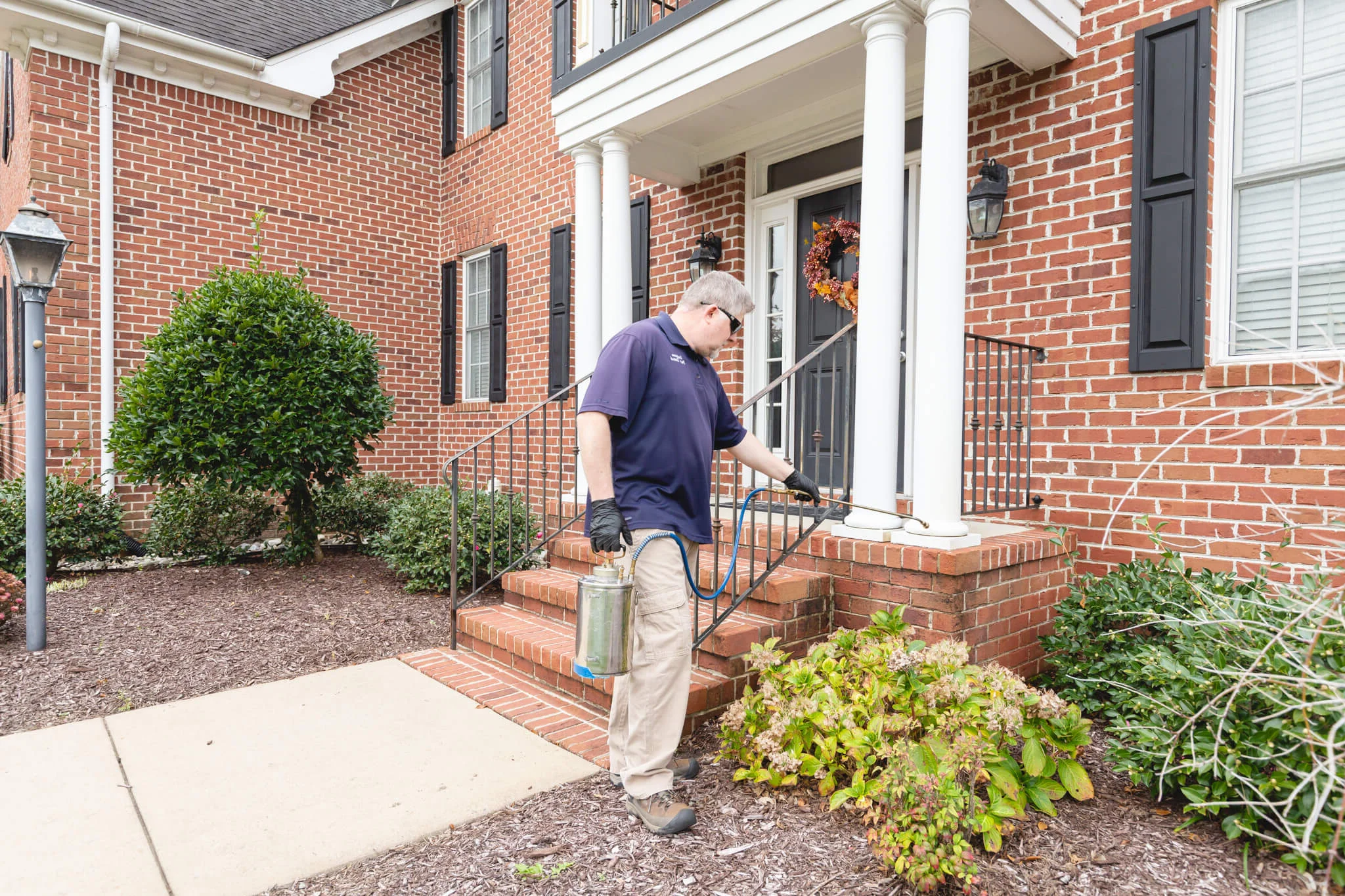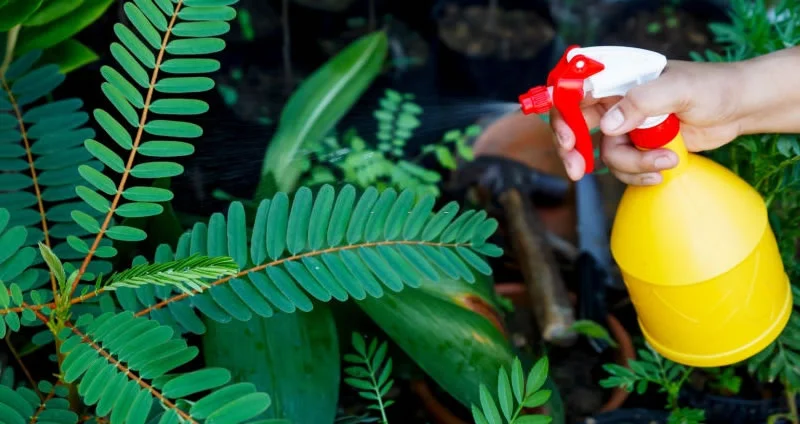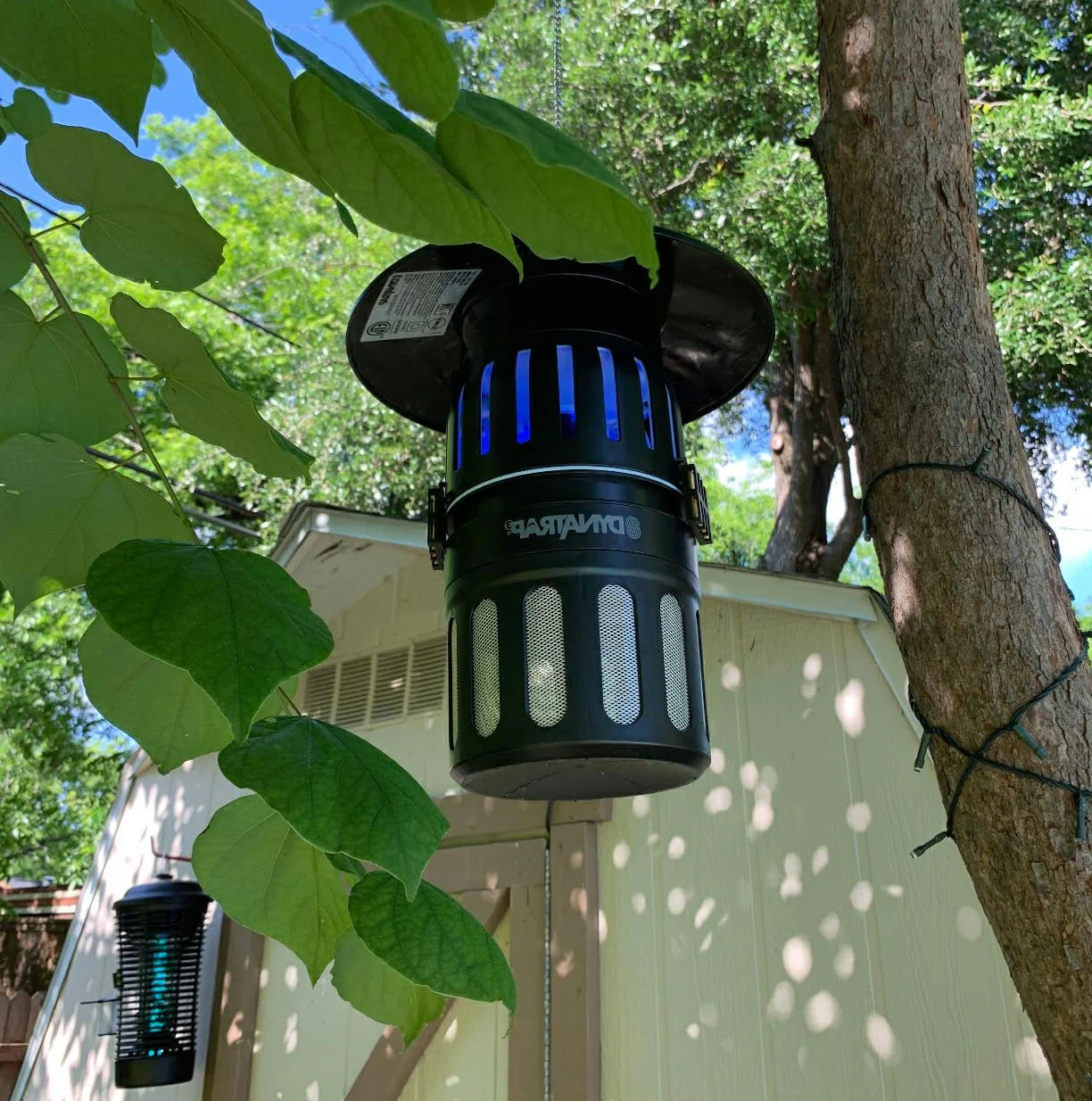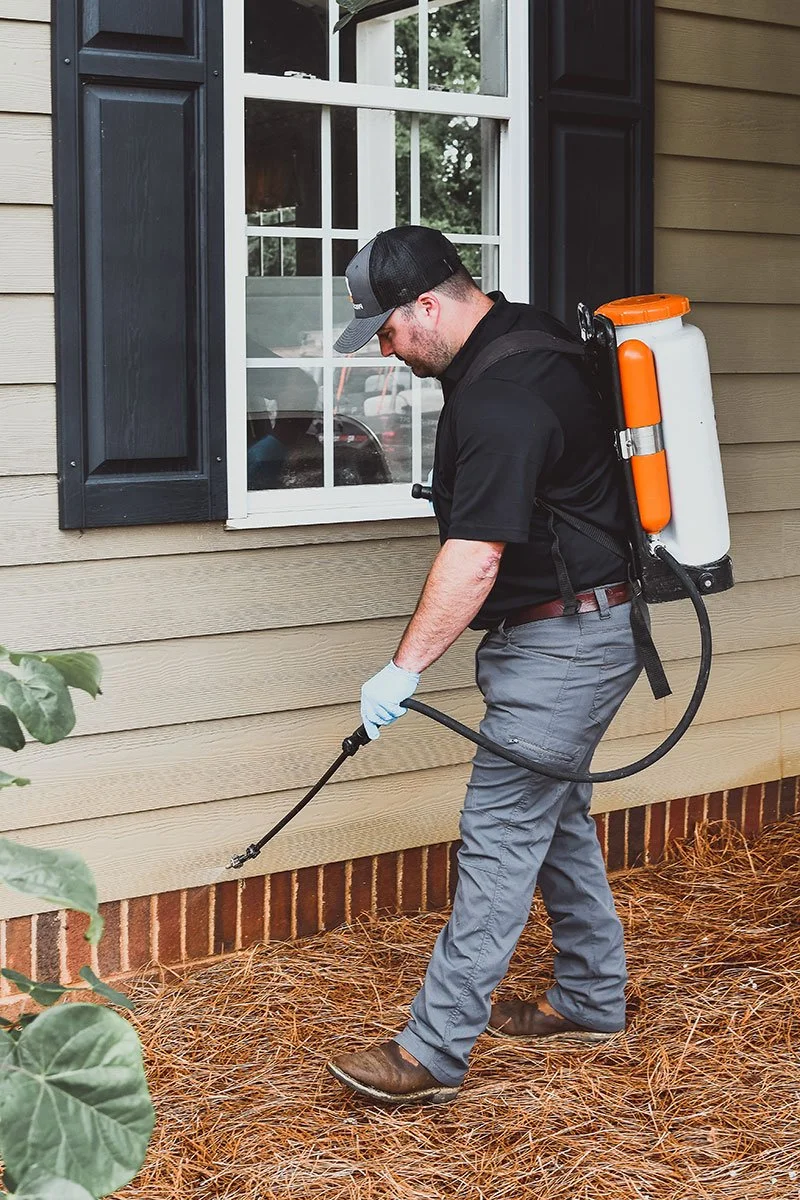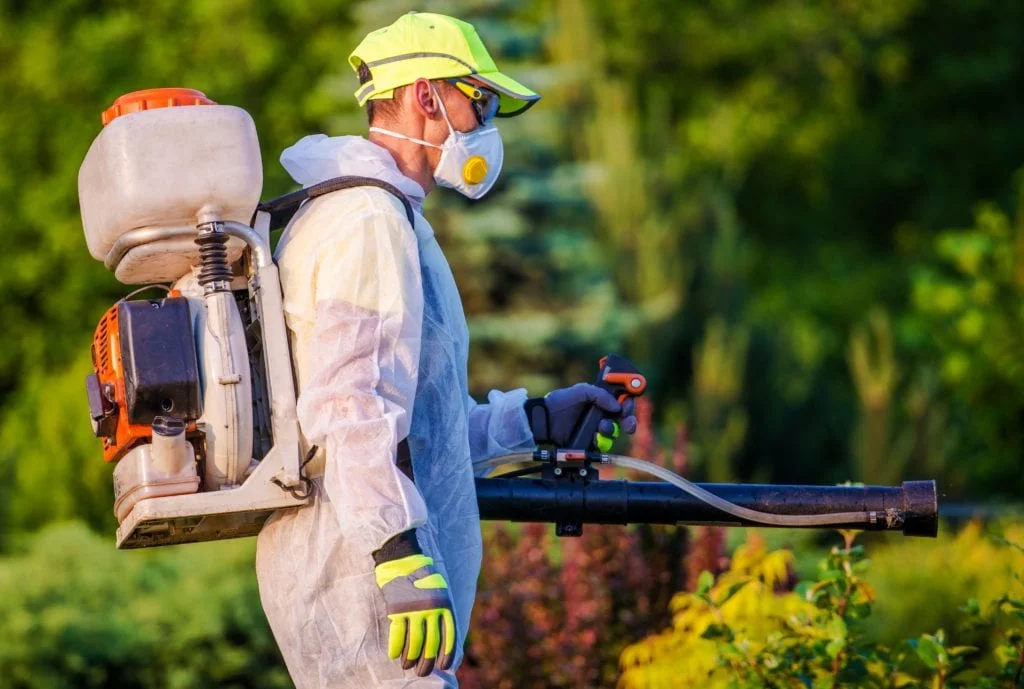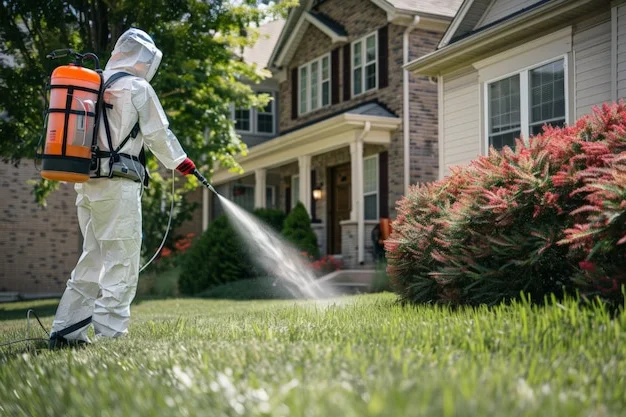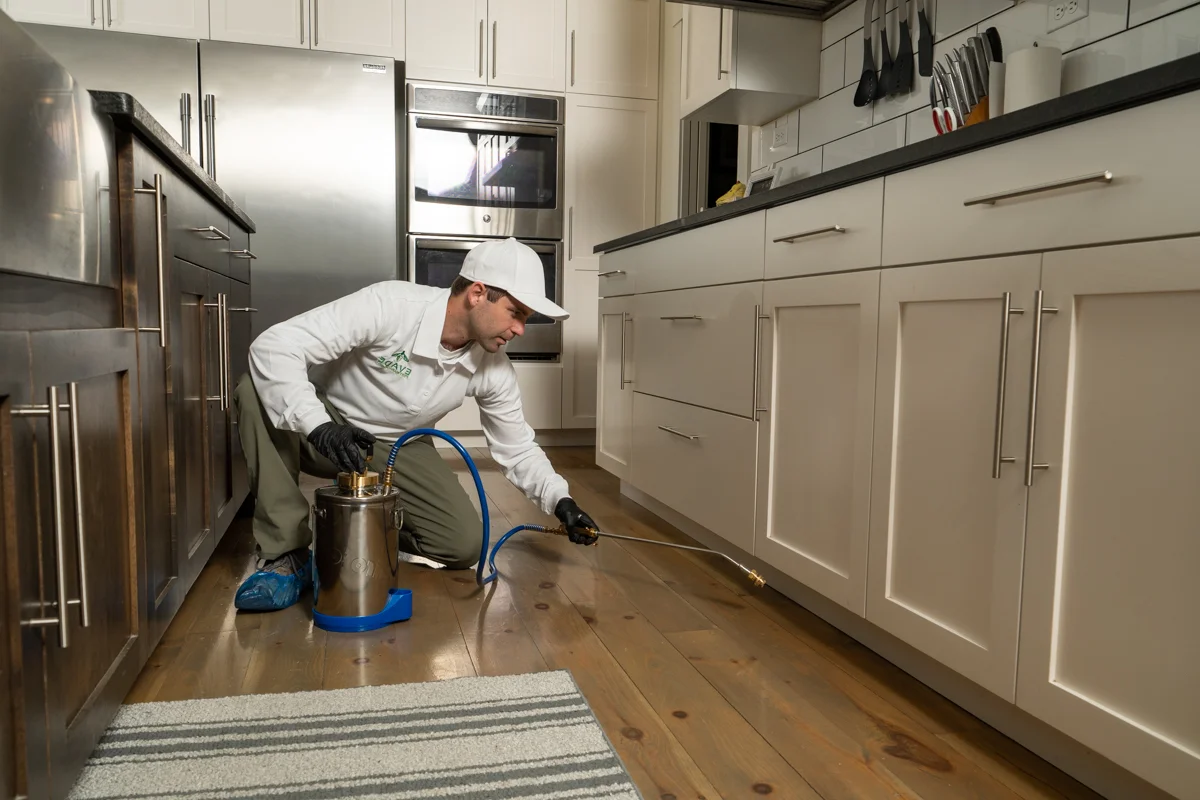Minnesota faces significant pressure from several carpenter ant species, with these wood-destroying insects particularly problematic in forested northern regions where moisture conditions and abundant trees create ideal environments. Unlike termites (which are uncommon in Minnesota), carpenter ants excavate wood to create nesting galleries rather than consuming it as food. However, their damage can be equally destructive over time, particularly in cabin properties, older structures, and buildings with moisture management issues.
Professional carpenter ant management combines thorough inspection identifying nest locations (both parent and satellite colonies), targeted treatments eliminating active infestations, correction of moisture conditions supporting ant activity, and preventative measures addressing potential future entry points. Minnesota's extensive forests, particularly in northern regions, provide ideal natural habitat for these wood-destroying insects, creating continuous pressure on structures. Early intervention provides critical protection against these persistent pests before significant structural damage occurs.


